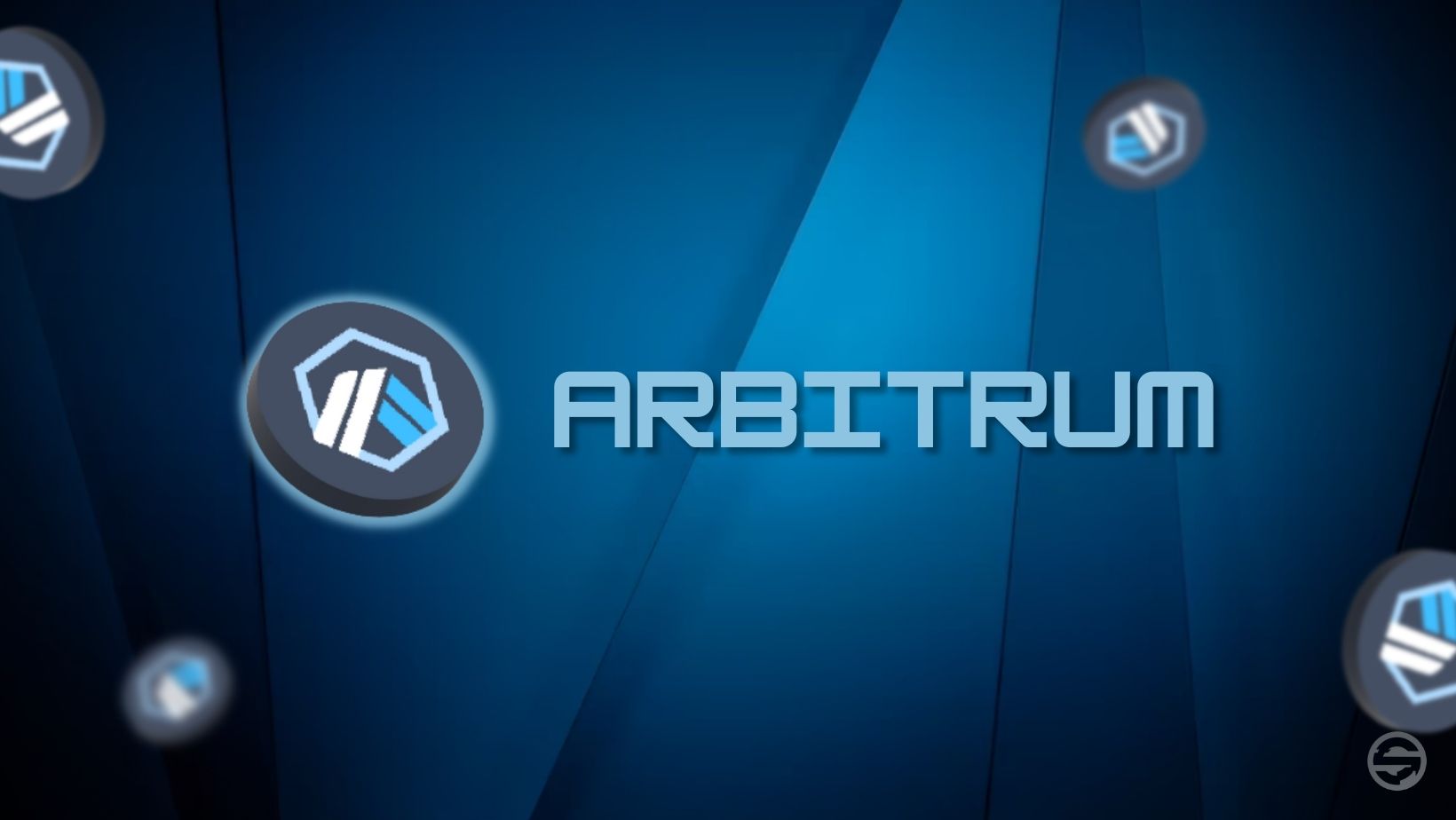
Table of contents
If you follow cryptocurrency news, you've probably heard about Arbitrum,Ethereum's scaling solution. This new Layer 2 solution will allow a large number of transactions to be processed outside of the main blockchain, solving the problems of congestion and high fees. In this article, we will explore Arbitrum in detail and see how this solution can help solve current blockchain problems.
Arbitrum, what is it?
Offchains Labs, a blockchain technology company based in New York, has developed a revolutionary solution to improve the performance of Ethereum: Arbitrum. This Layer 2 solution is designed to offer faster, cheaper and more scalable transactions than the main blockchain, while maintaining security and decentralization. Specifically, Offchains Labs uses sidechains to deport a portion of transactions away from the main blockchain, thereby reducing congestion and improving the user experience. Arbitrum is an innovative solution that could revolutionize the world of dApps by offering a viable alternative to the high costs and long confirmation times of Ethereum.
How is the Arbitrum protocol implemented?
Arbitrum is a second-layer solution that uses Rollups to perform transactions outside of the main chain (layer 1). Rollups aggregate a large number of transactions into a single transaction before sending them to the main chain for processing. There are two types of Rollups: Optimistic Rollups and ZK Rollups. Arbitrum uses Optimistic Rollups to speed up transactions and reduce costs.
To enable fast, low-cost trading, Arbitrum uses smart contracts that allow trades to be executed on a secondary chain connected to the main chain. Transactions are processed by decentralized validation nodes on the rollup chain, and then the proof of the transaction is sent to the main chain for validation.
Arbitrum also uses a proof-of-fraud verification technique to ensure that transactions are genuine and that there is no fraud. Using this approach, Arbitrum can process a large number of transactions with much lower fees than traditional blockchains. In addition, transactions can be confirmed in seconds, which is much faster than traditional blockchains.
In summary, Arbitrum is a second-layer solution using Rollups optimized to perform fast and low-cost transactions. This approach allows a large number of transactions to be processed with much lower fees than traditional blockchains, and transactions can be confirmed in seconds.
Why should you be interested in Arbitrum?
Arbitrum is an innovative solution that offers many advantages for Ethereum users. Firstly, this platform drastically reduces transaction fees by processing them off the main chain. This allows users to enjoy a smooth and cost-effective transaction experience.
In addition, Arbitrum significantly improves transaction processing capacity, reducing processing times and increasing operational efficiency. This improvement in Ethereum's scalability is particularly important for making decentralized finance accessible to a wider range of users.
Another interesting feature of Arbitrum is its compatibility with smart contracts on the Ethereum blockchain. This means that dApps already on Ethereum can be easily ported to Arbitrum, without the need to learn new technology. Moreover, developers can create dApps on Arbitrum with greater ease and speed.
- All in all, Arbitrum is an innovative solution that meets the growing needs of the DeFi community. This solution offers an improved user experience, while reducing costs and improving the scalability of Ethereum. As a result, users can access decentralized financial services faster and more efficiently than ever before.

Conclusion
In conclusion, Arbitrum represents a revolutionary Layer 2 solution for Ethereum, offering significant benefits for users of the blockchain. By using sidechains and rollups, Arbitrum has the ability to reduce transaction costs, improve transaction processing speed, and make blockchain technology more accessible to more people. Its compatibility with Ethereum smart contracts and the ability to easily port existing dApps make it a practical solution for developers. With the rise of decentralized finance, Arbitrum is quickly becoming a must-have solution for the Ethereum ecosystem.
However, it is important to note that other promising solutions exist, such as Optimism or ZK-Sync. If the Layer 2 race is well underway, the competition between these different solutions can only lead to a continuous improvement of the whole Ethereum ecosystem, making it more accessible, faster and more efficient for users and developers.



 Blockchain, Ethereum, Crypto, DeFi, Layer 2
Blockchain, Ethereum, Crypto, DeFi, Layer 2 2023-03-27
2023-03-27
